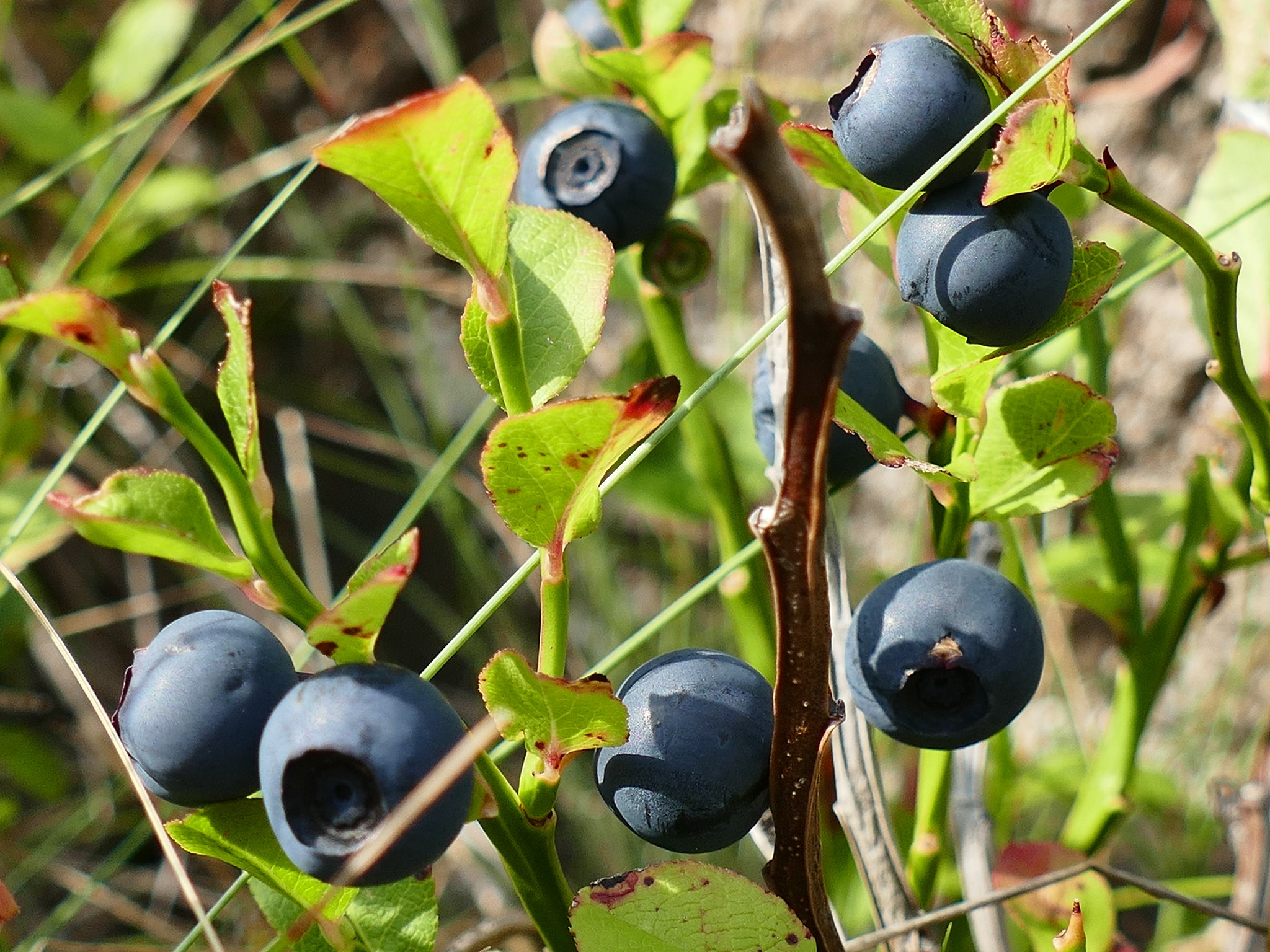TIRANA, July 27
It’s once again blueberry season in Albania. The little, but powerful forest fruit (boronica) has grown quite a reputation and an export market as well especially after Tropoja and Kuksi Blueberries were registered as National Trademarks.
Wild blueberries in Albania (Vaccinium myrtillus L.) grow in a wide area in Northern Albania, but they can be found in central and eastern Albania too. Blubbery is a fruit of many names. Among locals, it’s also known as mountain grape, wild cherry, ground cherry, qershigel, and thrasheger.
The most common areas where to find wild blueberries are Puka, Tropoja, and Kukes. It also grows in Peshkopi, Mirdita, Martanesh in Mat, in Shpati and Verca mountains in Elbasan, and Mokra highlands in Pogradec.
Collection sites in Puka are found in Shalle Madhe, Krrab mbi Sapac, Hamzi Terbun meadow.

Meanwhile, Tropoja has more collecting sites to name a few, Koshotica Pass, Balcina Trokuz, Trokuz Trokuz, Mullvac, Boronica Peak 1 and 2, Markofce, Lestrane in Dragobia, the Black Peak, etc.
Wild blueberries in Tropoja grow in an area that spans over hundreds of hectares (700-800) in Gashi, Bytyci, Nikaj, Krasniq, and Mertur. However, the wild blueberry barrens declined due to uncontrolled and irresponsible collection practices.
Based on data provided by a survey on blueberries in Albania, the average annual yield in Tropoja in 2017 was up to 220 tons fresh and up to 44 tons of dried fruit. Meanwhile, data for Kuksi (2012) show an average annual yield of 30 tons of fresh fruit and up to 32 tons of dry fruit.

Blueberry bushes grow in cold climate areas as they need cold winter weather to set fruit. Blueberries are high in vitamins, minerals, and antioxidants, such as vitamin C, K1, B, quercetin, manganese, anthocyanins, myricetin, etc.
Meanwhile, the blueberry leaves contain calcium, iron, copper, magnesium, and phosphorus, tannins and they have many times more antioxidants than the fruit. Leaves are dried and added to tea blends.

Due to the above-mentioned and many other nutritional values, blueberries have gained a super fruit reputation.
The health benefits of wild blueberries vary from brain-boosting to disease-fighting. They are highly concentrated in nutrients. Blueberries are among the few fruits that can be part of specific diets, eating patterns and regimens. They are good for combinations of keto and internment fasting, or diabetes diets.
Further on, blueberries are good for heart health, they boost brain function, improve the moos, reduce the risk of Type 2 diabetes, and improve eyesight. They can also help ease muscle soreness.
Cultivated blueberries
Blueberries are resistant to most diseases and cold winters. Hence, they are considered easy to cultivate especially in small farms both for their fruit and leaves. Cultivated blueberries could turn into a profitable source of income for family businesses and small farmers. One hectare of cultivated blueberries could generate up to Lek 400,000.
Branding also guarantees the quality of the product. Meanwhile, the trademark branding helps the revitalization of production in rural areas, tourism development, new jobs, and more revenues from exported products.
Depending on the variety some cultivated blueberry varieties have hit the market since July, however, harvest time lasts until September depending on the region.
Blueberries and sustainability
Blueberries are among those native products that can put the eco back into the tourism economy.
Blueberry farming is considered a sustainable activity. The fruit has low water and carbon footprint. The activity causes no damage to water, land, air, soil, forests, pollinators, as long as pesticides have not been used. It causes no direct or indirect harm to animals again as long as toxic chemicals and pesticides have not been used. All these properties make blueberries a vegan product.
Moreover, given the small scale of family farmers, the chance for laborers exploitation is low.
Packing can be a concern in terms of plastic and food waste. However, sustainable packing options have been introduced to Albanian exporters. Such options produce less waste, offer a more environmentally friendly option, and help enter high-value markets in the fresh produce sector.
Tourism

The regions where wild blueberries grow in Albania are also well-known destinations for outdoor activities such as short and long-distance hiking, trekking, biking tours, camping, etc. Some of the areas welcome a considerable number of visitors during the blueberry season.
Unlike other local products, Albanian blueberries still don’t have a festival.
Source: Cultivation and industrialization of medical aromatic plants, guarantees for global markets
Main image: Puka blueberries, July 2021, credit Ilir Shyti
Read also: Albanian Products: Varieties of Heirloom Tomatoes in Albania
Albanian Products: Konispoli Mandarins
Albanian Products: Chestnuts
Albanian Products: The Vorba of Gojan
Albanian Products: The Mishavine Cheese of Kelmendi
Top Regional Albanian Products: Traditional Products by Region
Albanian Products – Overview
Things You Can Only Buy in Albania

Leave a Reply
You must be logged in to post a comment.